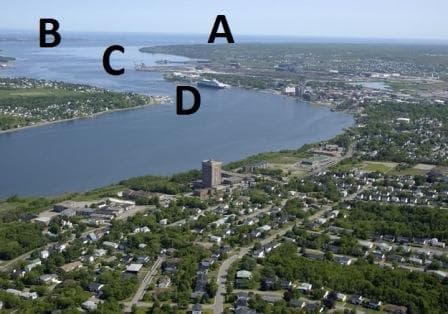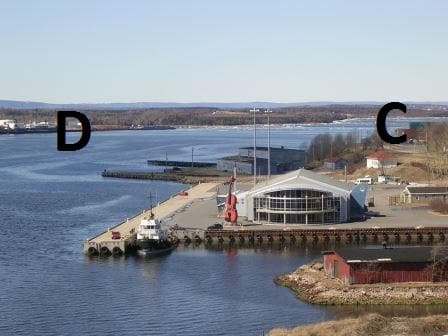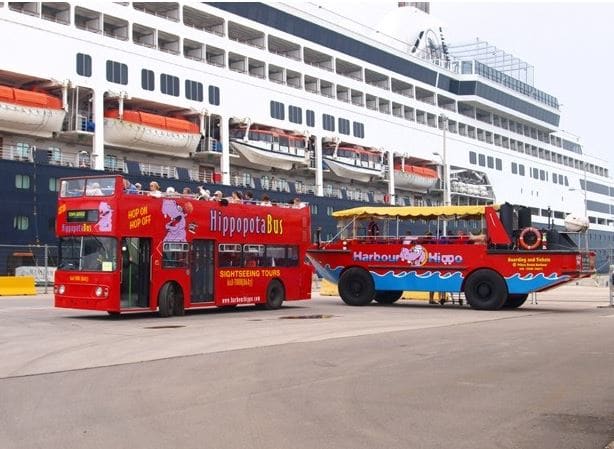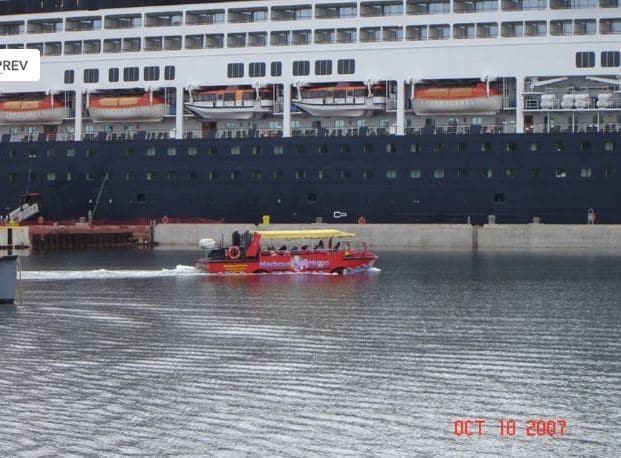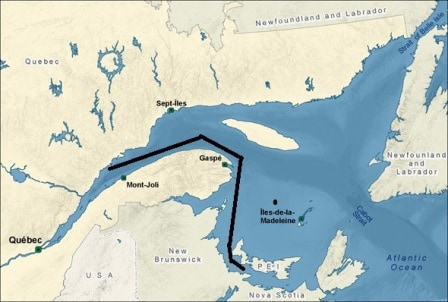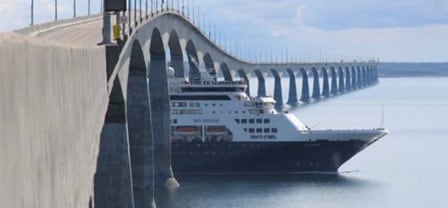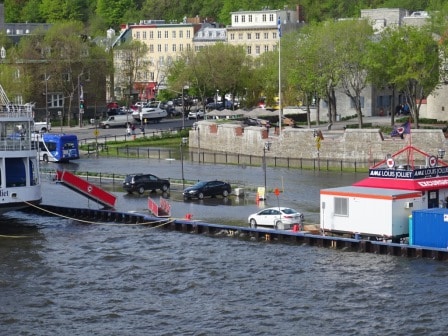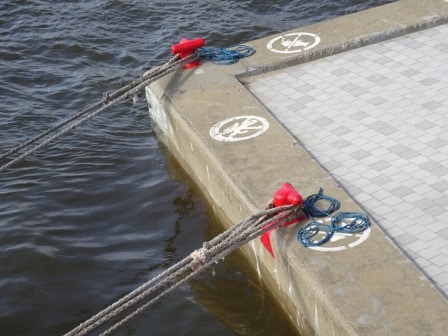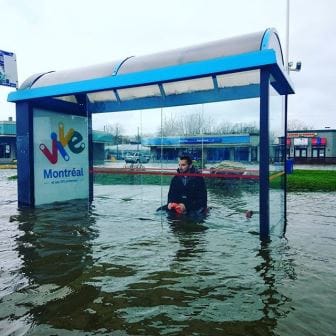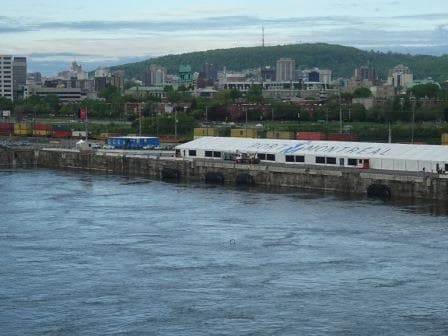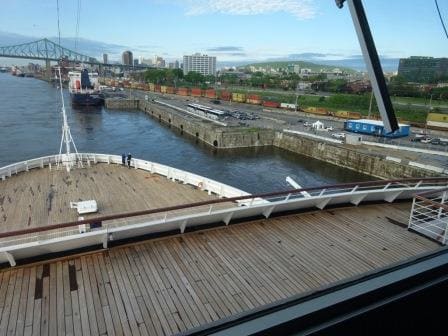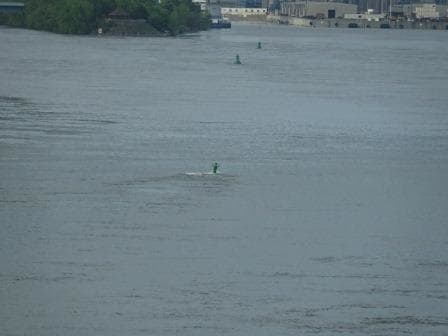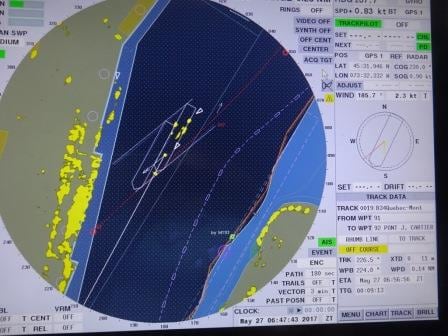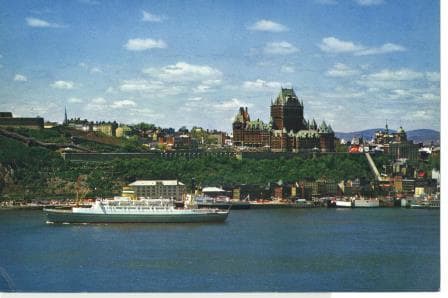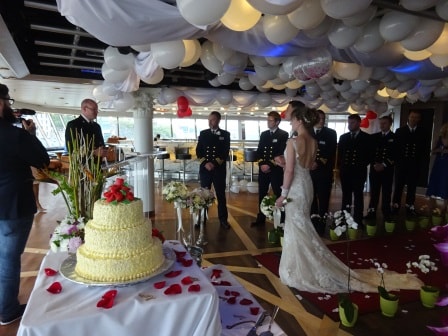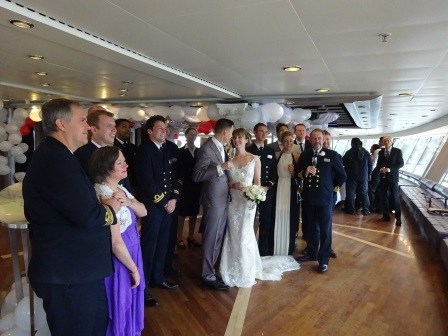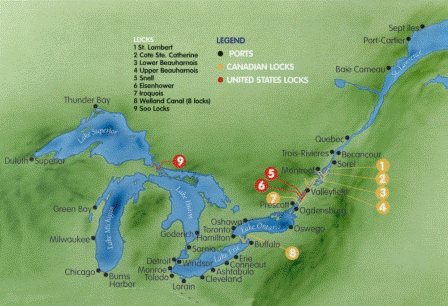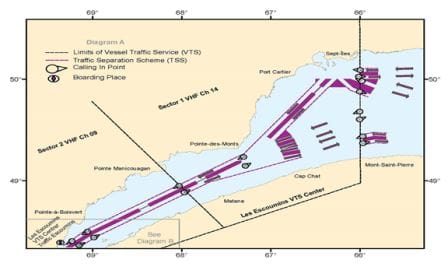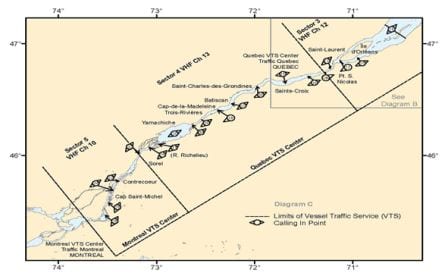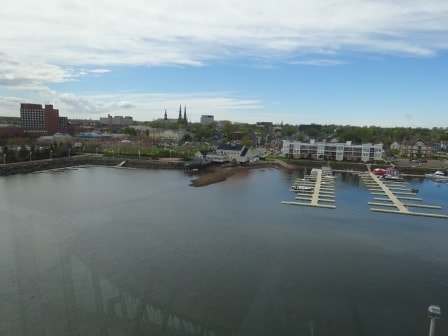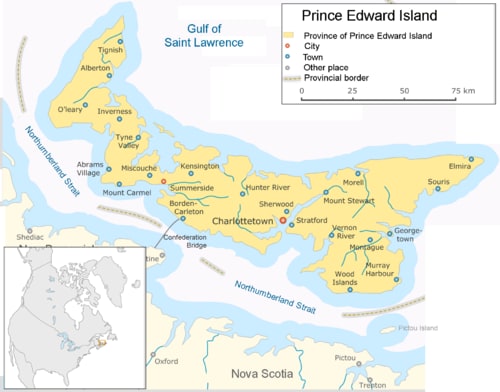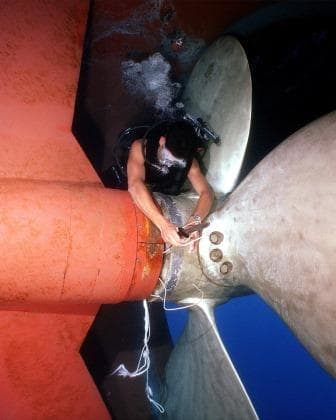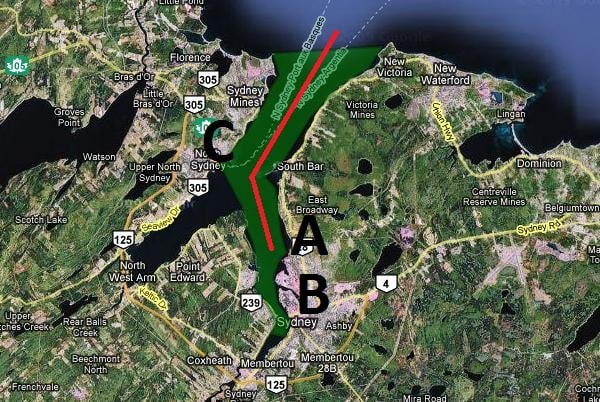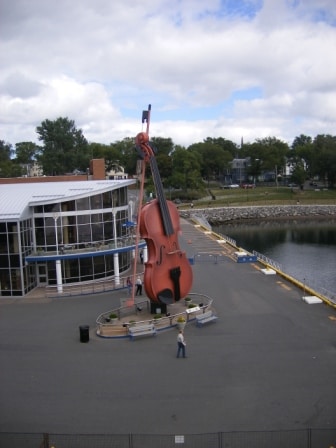As was expected we had to pay for the nice weather. Halifax played hard to find again by hiding behind a thick white curtain. Even when we approached the dock visibility was not that great. It took this morning until quarter past eleven before we could see the whole harbor again. Then for the remainder of the day it remained sunny and that brings a foreboding for more “White curtain” weather tonight. The weather forecast for Bar Harbor claims good visibility; at least all day in the port so hopefully the weather gurus have it right. There is a cold front coming over and it is not always easy to estimate the speed with which it moves. We are at anchor tomorrow and reduced visibility does not make a tender service impossible, but it certainly severely hampers it. We need officers on all the tenders and it reduces the pace of the operation as we cannot rely on “seeing” what the intentions are of everybody going in and out the harbor. Quite often the traffic involves people whose nautical knowledge is somewhat limited. But at least there is no forecast of rain.
Another part of my (it seems ever expanding) scope of work is monitoring new deck officers. I hold as many school classes with new joining officers as possible but I still cannot catch them all. So I try to find them while going around the fleet on my normal visiting cycle. On the bridge everybody is under close scrutiny of the Captain and staff Captain but they cannot see and monitor what happens on the Foc’sle and the stern. When they are brand new to the job, they can luckily rely on the skills of the Bo ‘sun and the Asst. Bo ‘sun but there is a thin but important border line between using their experience and routine and to let them dictate what is happening.
It is not easy if you start out as a new officer and you come across a Bo ‘sun who has been around since the Titanic and has seen it all and done it all. Still he knows that you are in charge but he also knows that you do not have any experience yet. Thus he is willing to help and teach but he expects respect in return. Not all officers come from a background where respect for “the elders” has been ingrained in the “growing up experience” and then things can become strained. Here I can help as it only takes a few tricks and a bit of good attitude to get the job done in a safe, efficient and pleasant way.
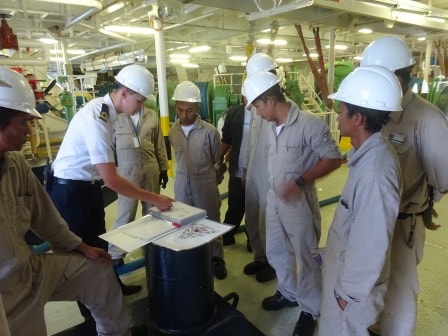
Everything starts with a good briefing. Who does what, where do the ropes go and especially……………when.
Thus I observe, give little hints and sometimes raise my eye brows to let the sailors laugh when the “newness” of the officer shines out of every pore in his /her body. Standing at Stations, that is supervising the mooring ropes fore and aft, or the anchor procedure can be described in one sentence: being extremely busy by doing nothing. At least nothing physical. With that I mean you supervise and if you have briefed the team well then the only thing you have to do is to monitor the sequence that you have set in motion with your briefing and for the rest relay the orders and words of wisdom that come from the bridge. One challenge is that everybody tends to keep an eye on the ropes and where they are going ashore and how they are going ashore. Important otherwise the ship does not get tied up; but as important is what happens behind you on deck. So you have to learn to use the eyes in the front of your head and to be able to shift them to the back of your head to see it all.
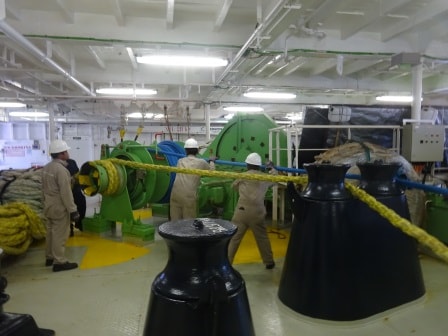
Everything has its critical moments. One of them is the moment when the ropes get their final adjustment on the mooring drums and capstans. Go slow, one rope at the time and one person should always watch.
With experience comes the prediction of what should happen during each sequence on deck and then you start to look for anomalies in that sequence. It can be small things: why is the guy not wearing a helmet, why is he standing there at this moment and is he not somewhere else where it makes more sense. Why is he fussing around with a rope as that rope has never been used before during this evolution. Lesson 1, is everything starts with a good briefing. Today that was even more important as giving a mooring line ashore before 08.00 costs several thousands of dollars in linesmen overtime. Thus the Officer has to be eagle eyed to make sure that none of the sailors gets impatient and cannot wait for a few minutes.
Today the officer forward solved the issue in a very simple way. Only one sailor was assigned to throw the first line ashore and he was to stay in permanent eye contact with the officer himself. Worked very well and the linesmen did not get any extra money today.
Tomorrow we are in Bar Harbor 60oF / 15.5 oC. partly cloudy skies. Good weather for visiting Bar Harbor. Keeping my fingers crossed that we can see the place on arrival.
